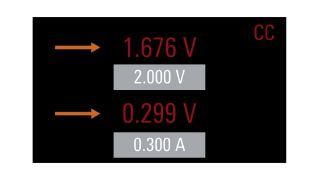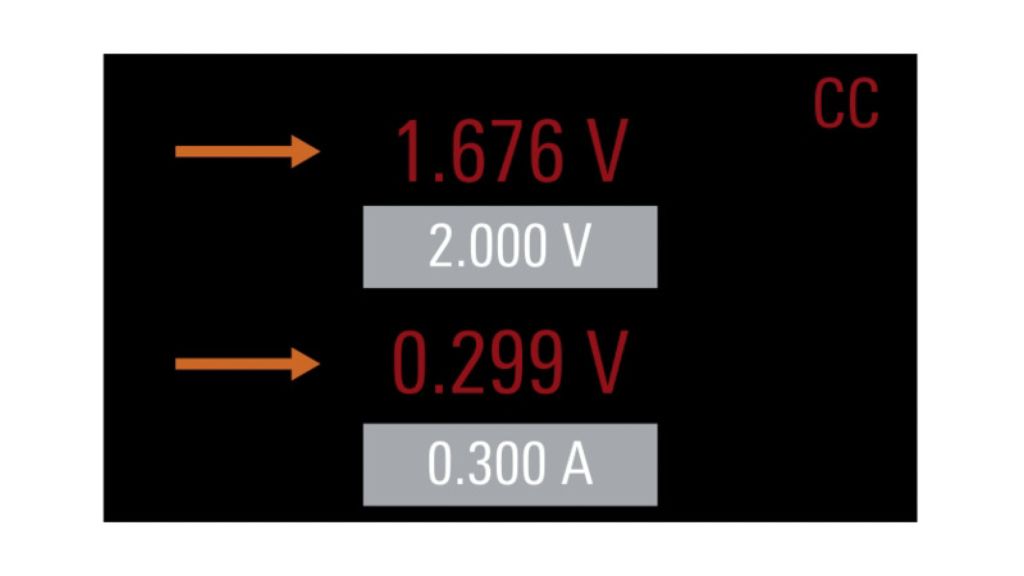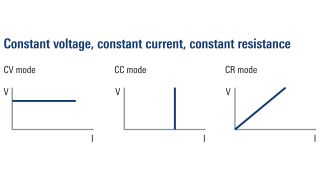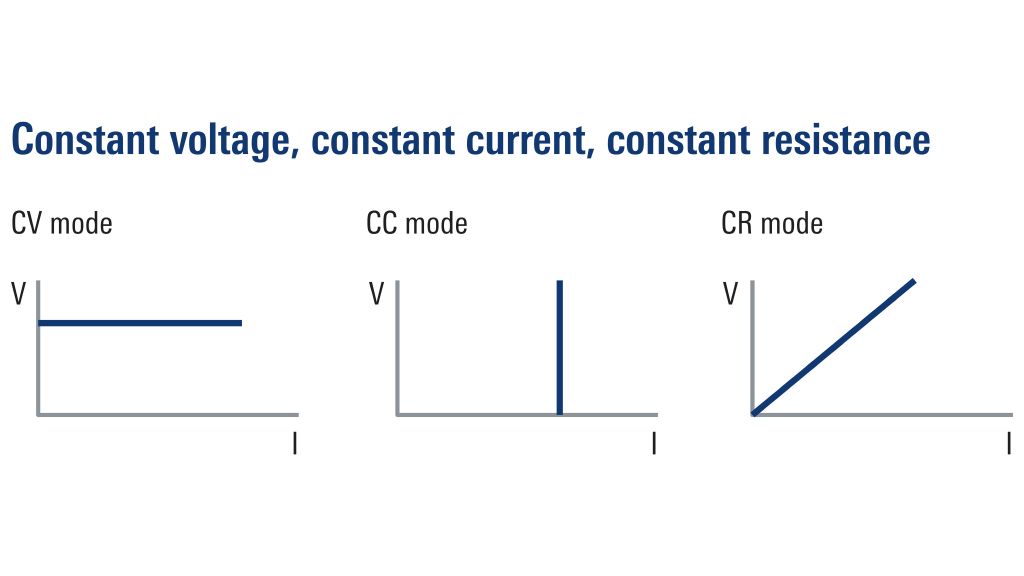R&S®Essentials | Power supplies fundamentals
Understanding Constant Voltage & Constant Current
Author: Paul Denisowski, Test & measurement expert
The following will explain the difference between constant voltage and constant current modes in benchtop DC power supplies.
The user of a benchtop DC power supply normally starts by configuring the output voltage, and in most cases the supply operates in so-called constant voltage mode because the supply delivers the same, or a constant, voltage regardless of the attached load.
The output current is determined by the resistance of the attached load, as per Ohm’s law – it is not directly configured or specified by the user. Nevertheless, most DC benchtop power supplies do have a user-configurable “current” setting, which is described below.
How to avoid excessive current?
Modern benchtop power supplies typically monitor the output and can determine in real time how much current is being drawn by the load. Excessively and/or unexpectedly high current can occur when load resistance decreases. Since high current often will damage or destroy the load, it is important to find a way to prevent this situation from occurring.
There are two main ways that power supplies do this:
- “Overcurrent protection” (or “electronic fuse”): Disable or “switch off” the output if the supply senses that the current threshold is being exceeded. Although turning off the output does protect the load, completely shutting off the power is sometimes undesirable.
- “Constant current mode”: Reduces the voltage such that the current falls below the threshold.
What is the constant current mode?
The current value configured on a power supply sets the maximum allowable current or current limit – it doesn’t control or set the output current below this threshold. Constant current mode keeps the output current below a maximum value by reducing the output voltage.




















